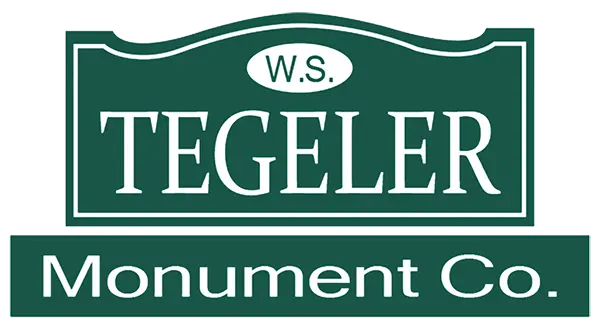Islamic burial practices are deeply rooted in the principles of simplicity, respect, and humility, reflecting the spiritual values of the Muslim community. The emphasis on modesty and reverence ensures that the burial process is focused on faith and spirituality rather than material display. These customs guide not only the preparation of the body but also influence the design and presentation of headstones and grave markers in Islamic cemeteries. By understanding and following these customs, families can honor their loved ones in a manner that respects Islamic beliefs while ensuring the burial site remains a peaceful and dignified place for reflection and remembrance.
To help you navigate these important traditions, we have compiled answers to frequently asked questions about Islamic burials, addressing topics such as appropriate engravings, grave marker size, and cemetery guidelines

What Guidelines Exist for the Design of Islamic Headstones?
Islamic headstones are typically simple and modest, reflecting the values of humility in death. They usually avoid elaborate designs and focus on providing basic information about the deceased while maintaining a respectful, uncluttered appearance.
Can Headstones Include Engravings or Inscriptions?
Yes, engravings or inscriptions are allowed on Islamic headstones. These usually include the name of the deceased, their birth and death dates, and sometimes a phrase like “Inna lillahi wa inna ilayhi raji’un” (To God we belong, and to Him we shall return).
Are There Any Specific Phrases or Verses Recommended for Engraving on Headstones?
Common phrases or verses engraved on Islamic headstones include the Shahada (the Islamic declaration of faith), Quranic verses like Surah Al-Fatiha, or phrases invoking peace and prayers for the deceased’s soul.
Are Decorative Elements Allowed on Islamic Headstones?
In general, decorative elements are discouraged on Islamic headstones, as simplicity is valued. Floral or intricate designs are avoided, with the emphasis remaining on humility and spiritual remembrance.
Is It Customary to Have Grave Markers in Islamic Cemeteries?
Yes, it is customary to have simple grave markers in Islamic cemeteries. The markers serve to identify the grave but typically do not include elaborate designs or decorations in keeping with Islamic burial practices.
Are There Restrictions on the Size or Shape of Grave Markers?
Many Islamic cemeteries adhere to guidelines that promote uniformity and modesty, so the size and shape of grave markers are often restricted. They are typically kept small, rectangular, or upright, avoiding large or ornate markers.
How Are Graves Typically Arranged in Islamic Cemeteries?
In Islamic cemeteries, graves are typically arranged so that the body is laid to rest on its right side, facing the Qibla (the direction of the Kaaba in Mecca). This arrangement reflects the religious practice of orienting the body toward the sacred site.
Are There Any Guidelines Regarding the Maintenance of Grave Markers in Islamic Cemeteries?
Islamic cemeteries typically encourage minimal maintenance of grave markers, with an emphasis on maintaining the natural appearance of the cemetery. Regular upkeep, such as cleaning the headstone, is acceptable, but overly decorative enhancements are usually discouraged.
Can Islamic Cemeteries Have Monuments or Larger Structures?
Monuments or larger structures are generally not common in Islamic cemeteries, as they may conflict with the values of modesty and simplicity. However, some Islamic cemeteries may allow larger communal markers or structures for specific purposes.
Contact Tegeler for Custom Headstones in Maryland and Beyond
If you have any questions or need help with planning an Islamic burial, Tegeler is here to offer compassionate and knowledgeable support throughout the entire process. Our experienced team understands the importance of respecting Islamic traditions and is committed to guiding you every step of the way. We are dedicated to helping you create a meaningful, personalized tribute that honors your loved one’s faith and maintains the simplicity and dignity of Islamic burial practices. Contact us today to discuss your needs, and let us help you create a lasting tribute that reflects the values and traditions of your family.

